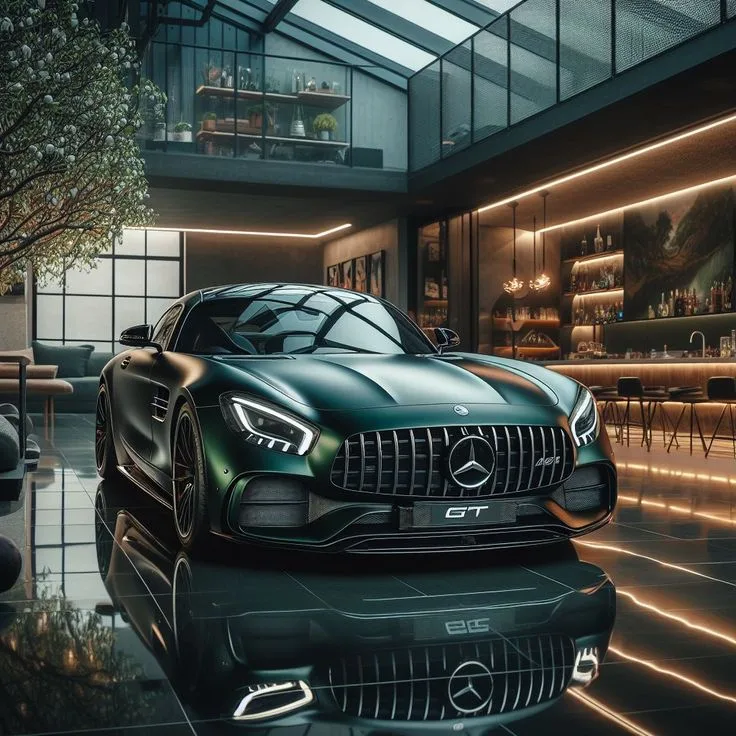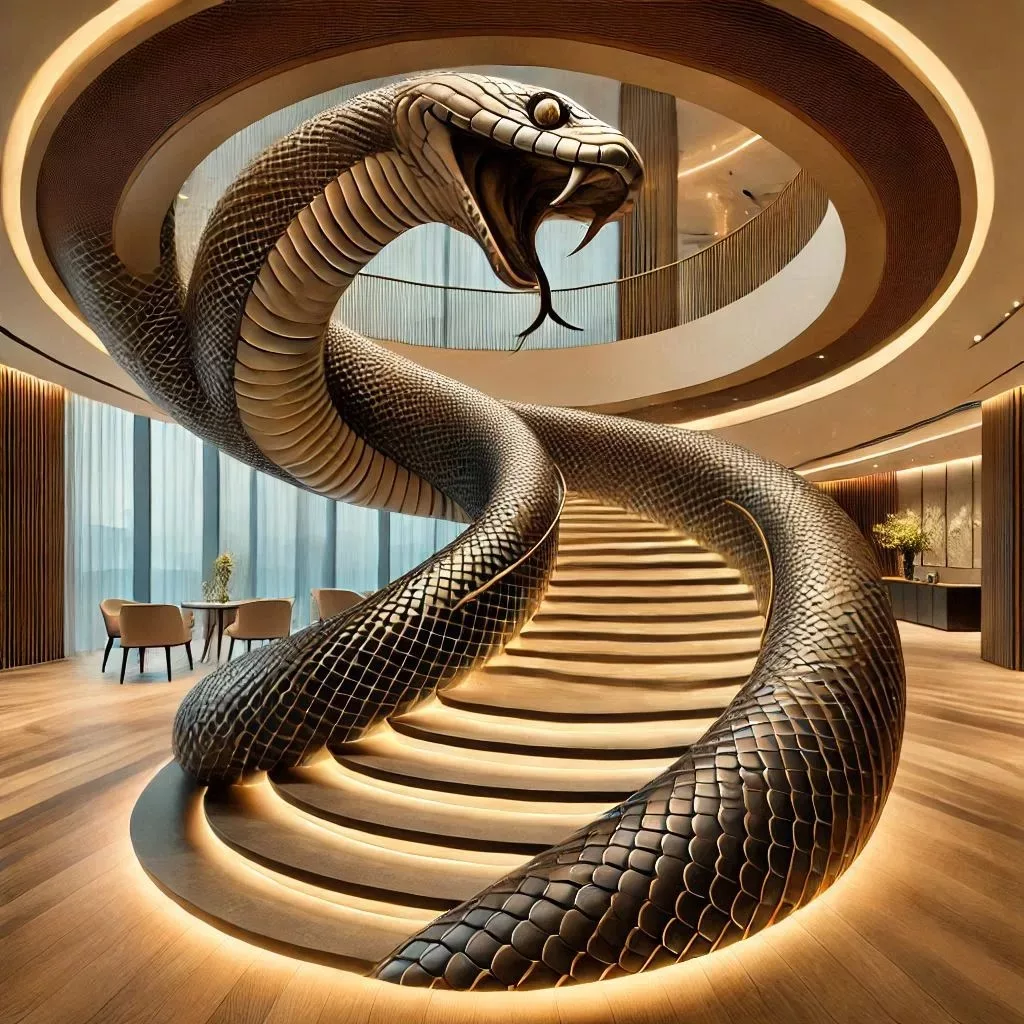Revolutionizing the Automotive Industry: Lamborghini’s Impact
Lamborghini, founded by Ferruccio Lamborghini in 1963, has revolutionized the automotive industry with its high-performance and luxurious supercars. Originally a successful tractor manufacturer, Ferruccio aimed to create a car that could rival the likes of Ferrari. His vision and engineering prowess led to the birth of Lamborghini, a brand that has since become synonymous with power, luxury, and innovation.
From its inception, Lamborghini challenged the status quo of the automotive world. The company introduced groundbreaking designs and technologies that set new standards for performance and luxury. The debut of the Lamborghini 350 GT at the 1964 Geneva Motor Show marked the beginning of a new era in automotive history. This was just the start of Lamborghini’s journey to becoming a pioneer in the supercar industry.
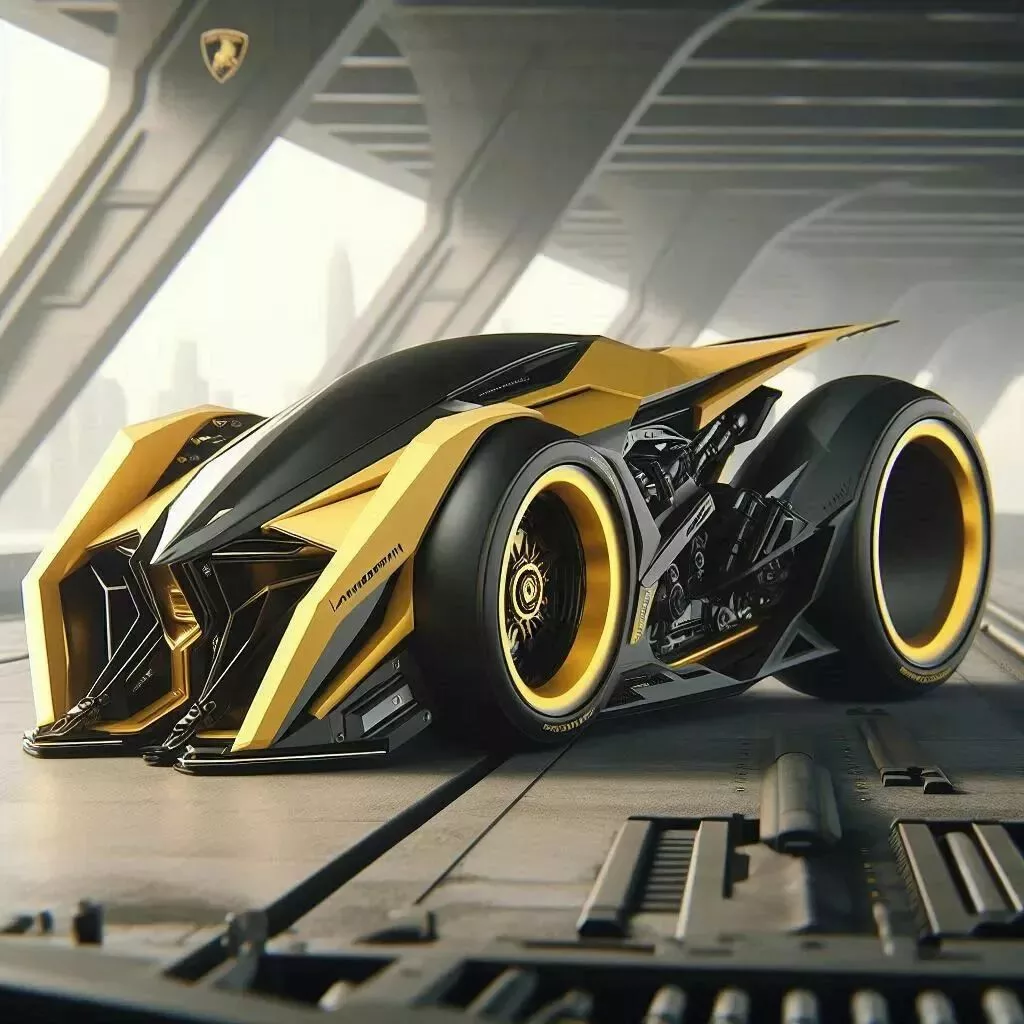
Unleashing Power and Luxury: The Legacy of Lamborghini Cars
Lamborghini’s legacy is built on a foundation of power and luxury. The brand’s commitment to excellence is evident in every car it produces. The Miura, introduced in 1966, is often considered the world’s first supercar. Its mid-engine layout and stunning design set a new benchmark for high-performance vehicles.
The Countach, launched in 1974, further cemented Lamborghini’s reputation for creating iconic and powerful cars. With its sharp lines, scissor doors, and powerful V12 engine, the Countach became a symbol of automotive excellence and luxury. Lamborghini continued to innovate with models like the Diablo, Murciélago, and Gallardo, each offering a unique blend of performance, luxury, and cutting-edge technology.
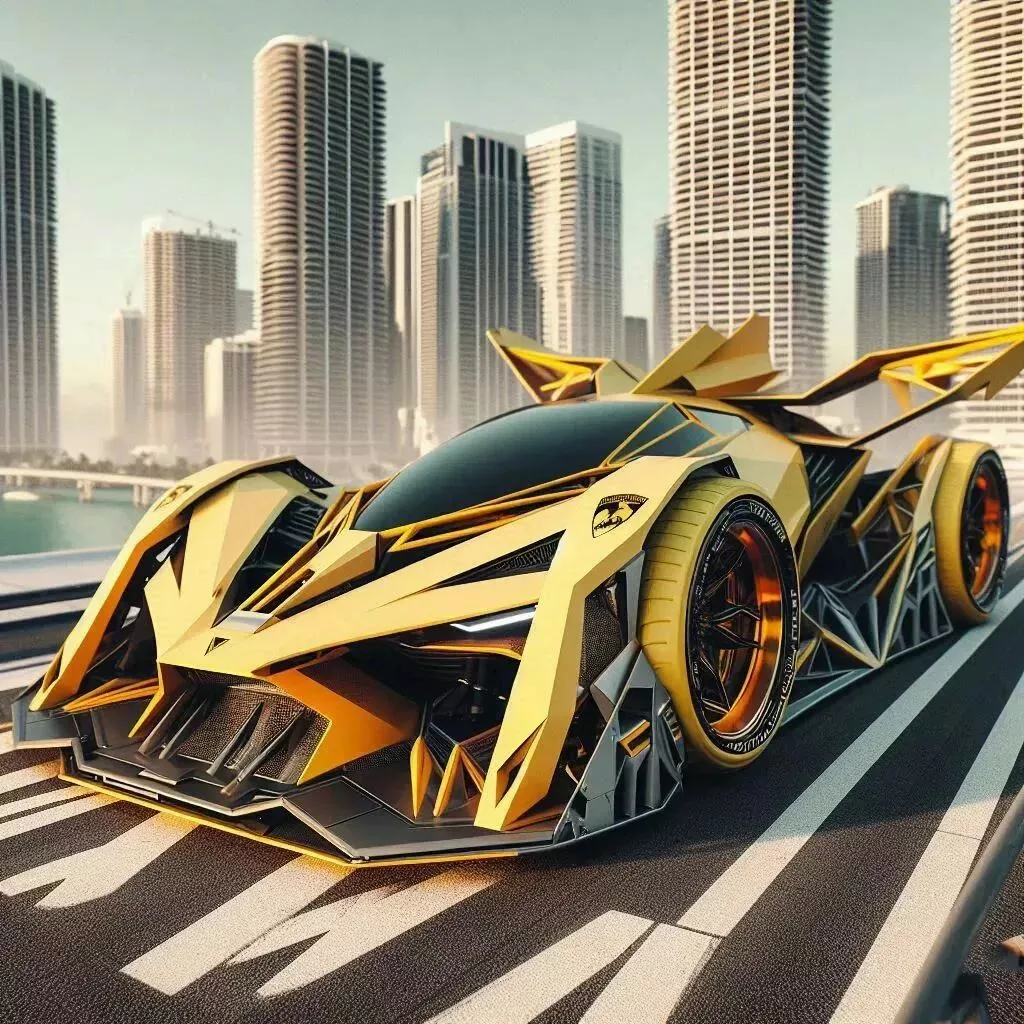
Innovative Engineering: The Technology Behind Lamborghini Cars
Lamborghini’s engineering prowess is a key factor in its success. The brand has always pushed the boundaries of automotive technology to deliver unmatched performance and driving experience. One of Lamborghini’s most significant contributions to automotive engineering is the development of the mid-engine layout, which provides superior balance and handling.
Lamborghini’s V12 engines are another testament to its engineering excellence. These engines are renowned for their power, responsiveness, and distinctive sound. Over the years, Lamborghini has also embraced advanced materials like carbon fiber to reduce weight and improve performance. The Aventador, for example, features a carbon fiber monocoque chassis, enhancing its rigidity and safety.
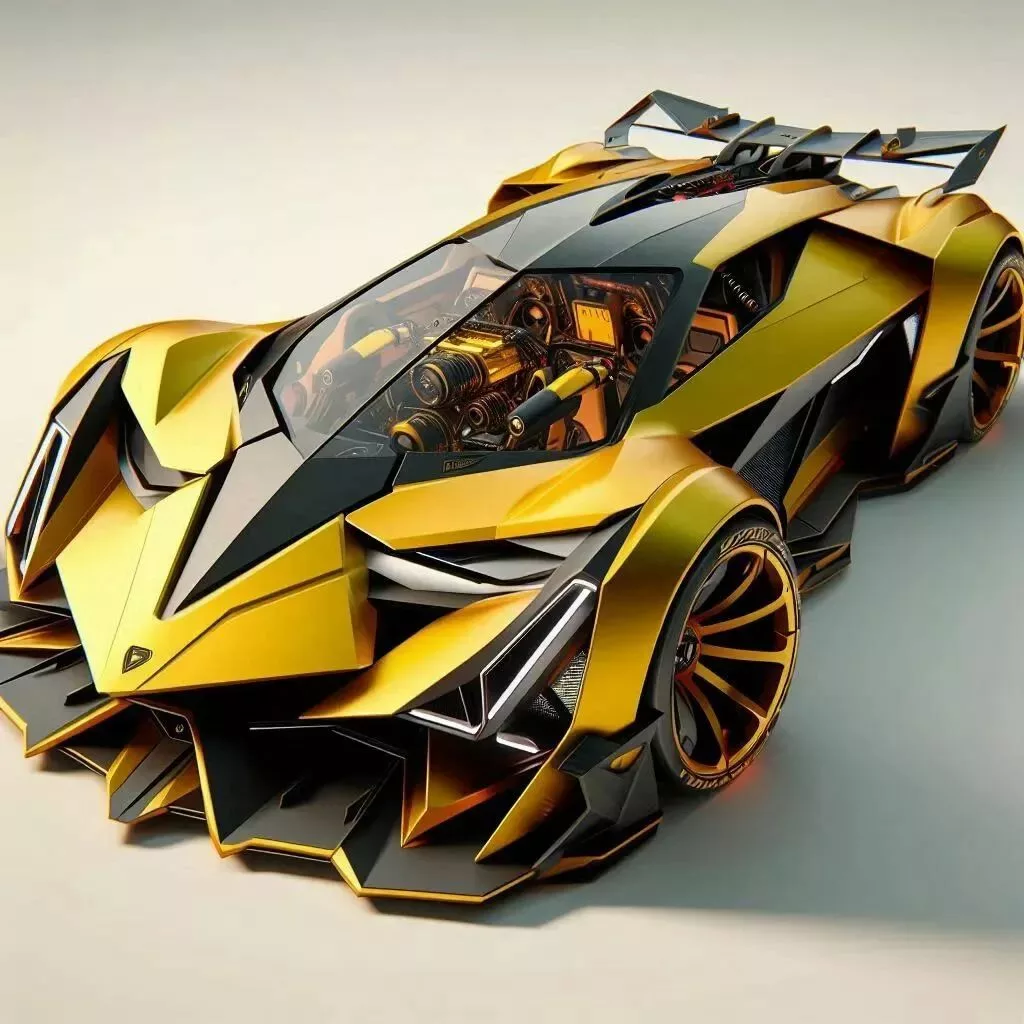
In recent years, Lamborghini has incorporated hybrid technology into its lineup. The Sián FKP 37, introduced in 2019, is Lamborghini’s first hybrid supercar. It combines a powerful V12 engine with a 48-volt mild-hybrid system, delivering exceptional performance while reducing emissions.
Design Excellence: The Iconic Style of Lamborghini Vehicles
Lamborghini’s design philosophy is characterized by its bold, aggressive, and futuristic aesthetics. Each model is a work of art, designed to turn heads and evoke emotions. The Miura’s sleek and curvaceous design, inspired by the Ford GT40, set a new standard for sports car aesthetics.
The Countach introduced a radical design language with its sharp angles, low profile, and scissor doors. This design language became a hallmark of Lamborghini, influencing subsequent models like the Diablo and Murciélago. The Aventador and Huracán continue this tradition, featuring sharp lines, aerodynamic shapes, and distinctive LED lighting.
Lamborghini collaborates with some of the world’s top designers and engineers to create cars that are not only visually stunning but also aerodynamically efficient. The brand’s commitment to design excellence is evident in every detail, from the iconic Lamborghini badge to the meticulously crafted interiors.
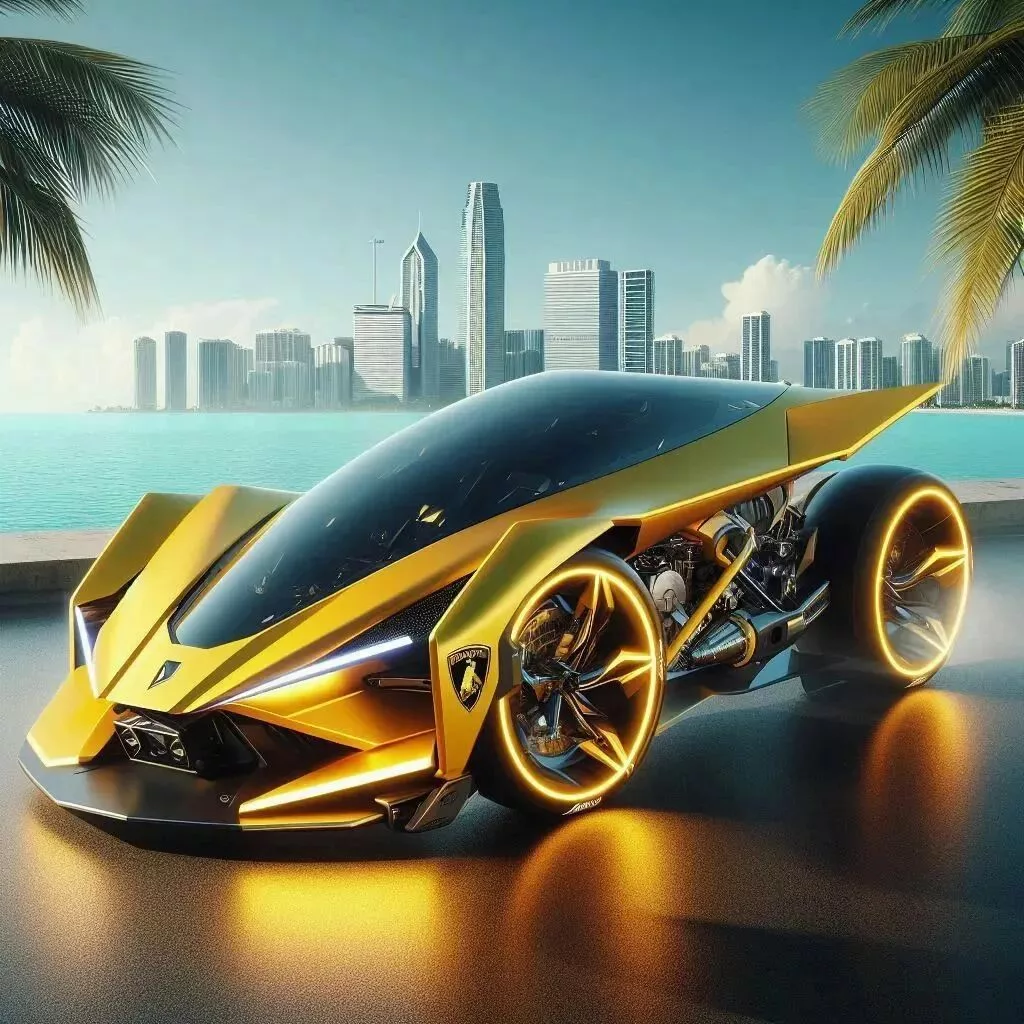
Performance Redefined: The Speed and Agility of Lamborghini Cars
Lamborghini cars are renowned for their speed and agility. The brand’s commitment to performance is evident in every model, from the early 350 GT to the latest Aventador and Huracán. Lamborghini’s supercars are designed to deliver exhilarating acceleration, top speeds, and precise handling.
The Miura, with its 3.9-liter V12 engine, was capable of reaching speeds of over 170 mph, making it one of the fastest cars of its time. The Countach took performance to new heights with its powerful V12 engine and advanced aerodynamics, achieving speeds of up to 180 mph.
The Aventador, equipped with a 6.5-liter V12 engine, boasts a top speed of over 217 mph and can accelerate from 0 to 60 mph in just 2.9 seconds. The Huracán, powered by a 5.2-liter V10 engine, delivers a similarly impressive performance, with a top speed of 202 mph and a 0-60 mph time of 2.8 seconds.
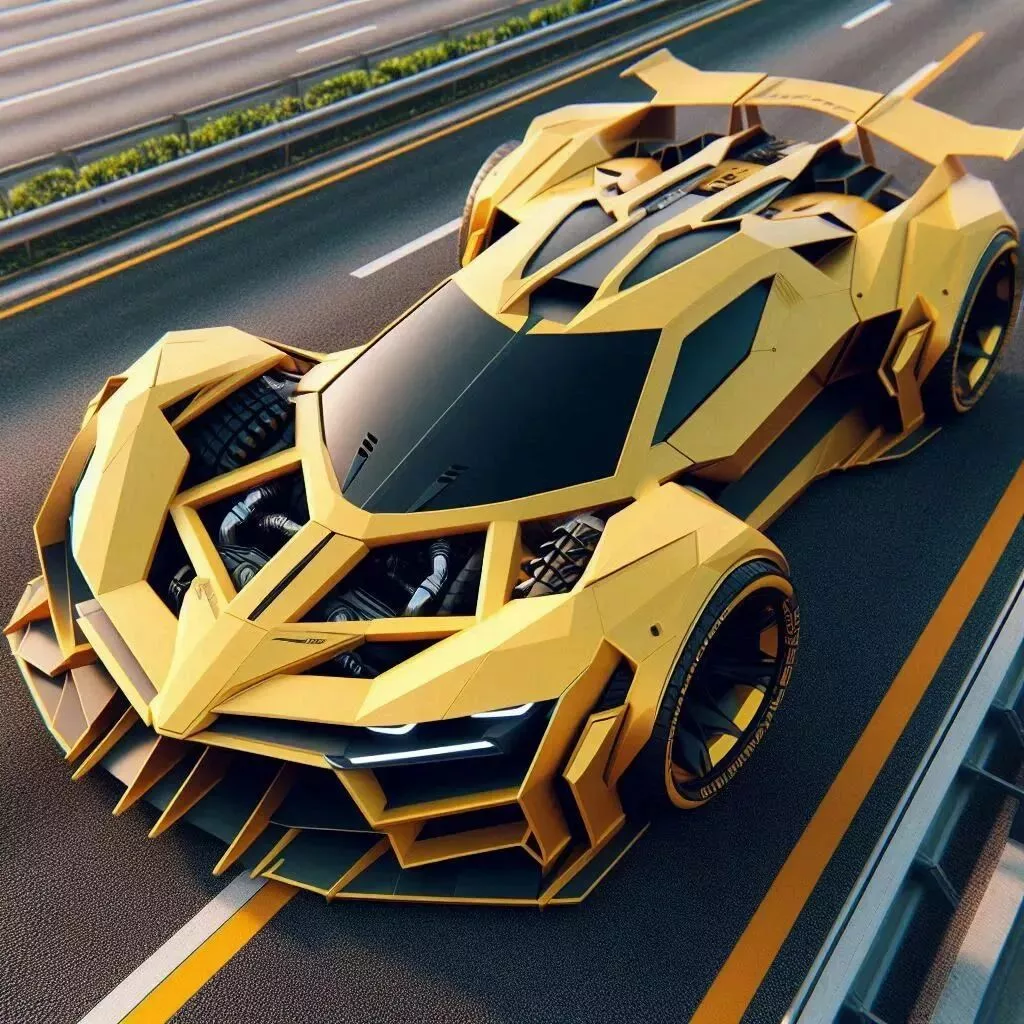
Lamborghini’s dedication to performance extends beyond straight-line speed. The brand’s advanced suspension systems, all-wheel-drive technology, and active aerodynamics ensure exceptional handling and agility. Whether on a racetrack or a winding mountain road, Lamborghini cars offer a driving experience like no other.
From Concept to Reality: The Creation Process of Lamborghini Vehicles
The creation of a Lamborghini vehicle is a meticulous process that involves cutting-edge technology, skilled craftsmanship, and a relentless pursuit of perfection. The journey begins with conceptual design, where designers and engineers collaborate to create a vision for the new model. This phase involves extensive research, sketching, and computer-aided design (CAD) to develop the car’s aesthetics and aerodynamics.
Once the design is finalized, the engineering team works on developing the car’s chassis, powertrain, and other critical components. Advanced materials like carbon fiber and aluminum are used to ensure the car is lightweight yet strong. The prototype phase follows, where the first physical model of the car is built and rigorously tested for performance, safety, and durability.
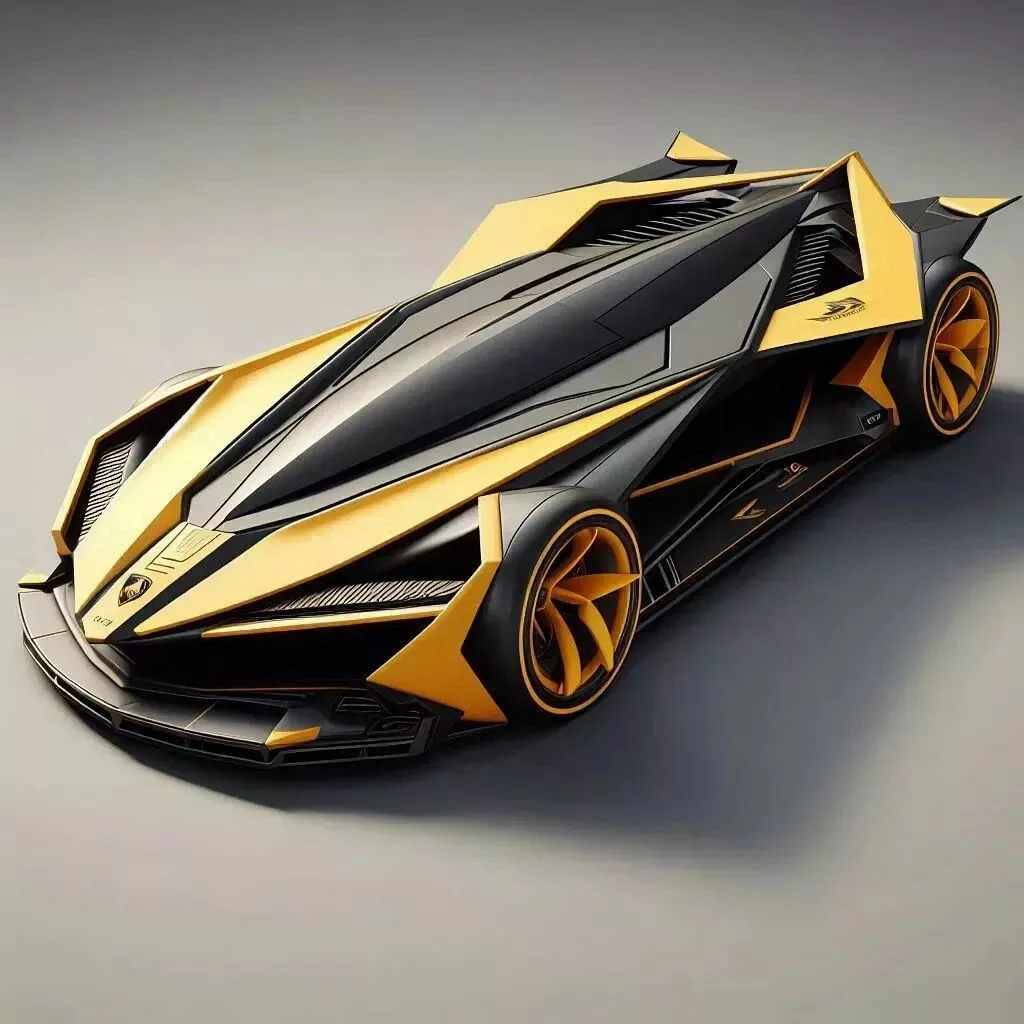
The production phase takes place at Lamborghini’s state-of-the-art facility in Sant’Agata Bolognese, Italy. Each car is hand-built by skilled artisans who pay meticulous attention to detail. From assembling the engine to crafting the interior, every aspect of the car is carefully executed to ensure it meets Lamborghini’s high standards of quality and performance.
The Future of Supercars: What’s Next for Lamborghini
As Lamborghini looks to the future, the brand continues to push the boundaries of innovation and performance. The introduction of hybrid and electric technologies is a key focus for Lamborghini as it aims to reduce emissions while maintaining its signature performance and driving experience.
The Sián FKP 37 represents Lamborghini’s first step into the hybrid realm, combining a traditional V12 engine with an electric motor. This hybrid approach allows Lamborghini to enhance performance while also addressing environmental concerns. Looking ahead, Lamborghini is expected to introduce fully electric supercars that leverage cutting-edge battery technology and electric drivetrains.

In addition to electrification, Lamborghini is exploring advanced autonomous driving technologies and connectivity features. These innovations aim to enhance the driving experience and provide new levels of convenience and safety for Lamborghini owners.
Iconic Models: Exploring the Most Memorable Lamborghini Cars
Throughout its history, Lamborghini has produced numerous iconic models that have left an indelible mark on the automotive world. The Miura, introduced in 1966, is often regarded as the first true supercar and remains a highly sought-after classic. Its mid-engine layout, stunning design, and powerful V12 engine set new standards for performance and luxury.
The Countach, with its radical design and scissor doors, became an icon of the 1970s and 1980s. Its aggressive styling and powerful performance made it a favorite among car enthusiasts and collectors. The Diablo, launched in 1990, continued this tradition with its sleek design and impressive speed, capable of reaching over 200 mph.

The Murciélago and Gallardo, introduced in the early 2000s, brought Lamborghini into the modern era. The Murciélago’s V12 engine and advanced aerodynamics made it a formidable supercar, while the Gallardo’s V10 engine and all-wheel drive offered a more accessible yet equally thrilling driving experience.
The Aventador and Huracán, Lamborghini’s current flagship models, continue to push the boundaries of performance and design. The Aventador’s V12 engine and carbon fiber monocoque chassis deliver unparalleled speed and agility, while the Huracán’s V10 engine and advanced technology make it one of the most capable supercars on the market.
Driving Emotions: The Experience of Owning a Lamborghini Car
Owning a Lamborghini is more than just possessing a high-performance vehicle; it is an experience that evokes emotions and creates lasting memories. From the moment you sit behind the wheel, the roar of the engine and the feel of the finely crafted interior provide an unparalleled sense of excitement and luxury.
Lamborghini owners often describe the driving experience as exhilarating and addictive. The car’s responsive handling, powerful acceleration, and precise steering create a connection between the driver and the machine. Whether cruising on a scenic highway or navigating a challenging racetrack, driving a Lamborghini is an unforgettable experience.
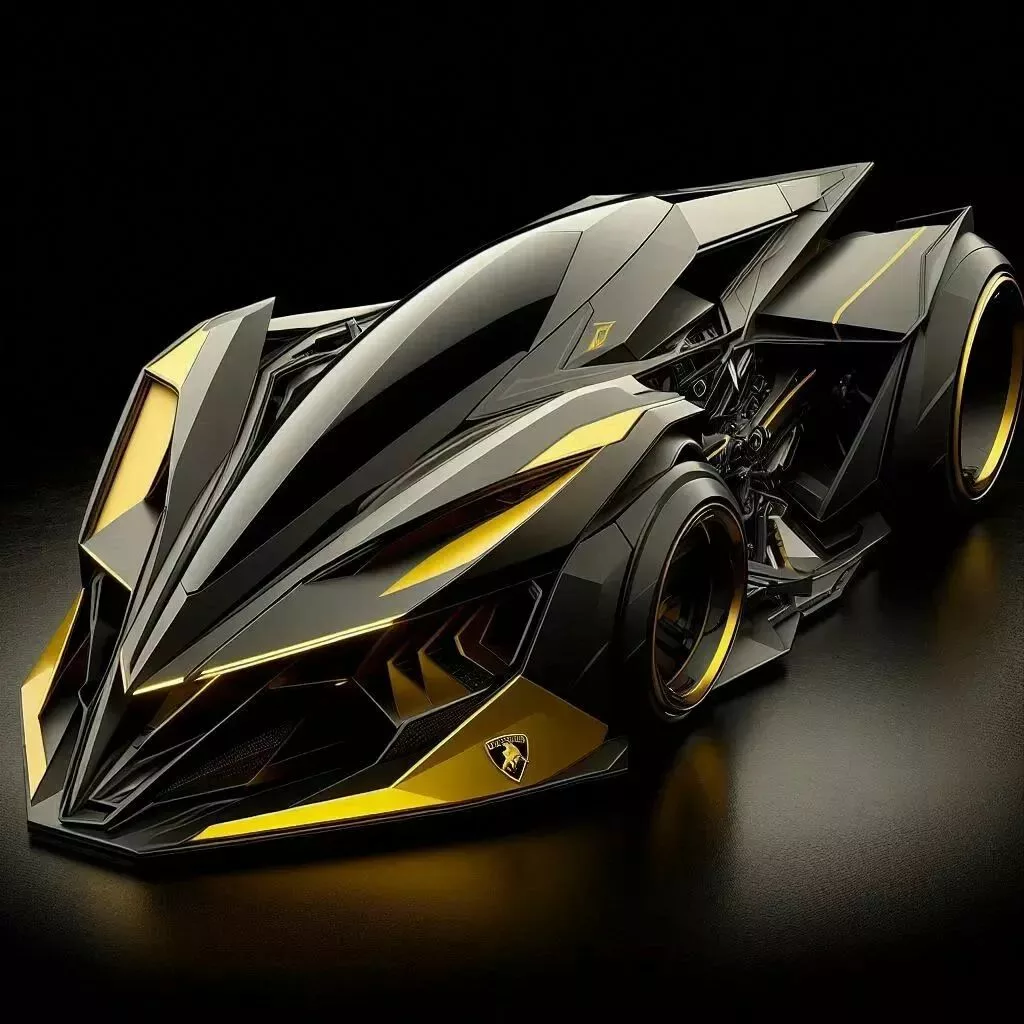
Beyond the driving experience, owning a Lamborghini comes with a sense of exclusivity and prestige. Lamborghini’s limited production numbers and bespoke customization options ensure that each car is unique. The brand’s commitment to excellence extends to its customer service, providing owners with personalized support and access to exclusive events and experiences.
In conclusion, Lamborghini’s evolution from a tractor manufacturer to a world-renowned supercar brand is a testament to its unwavering commitment to innovation, performance, and luxury. With a legacy built on iconic models, groundbreaking engineering, and a passion for driving, Lamborghini continues to shape the future of the automotive industry. As the brand embraces new technologies and explores new horizons, the thrill of driving a Lamborghini remains as powerful as ever.

Note : these models are only Ai generated designs and they don’t exist in real life .

